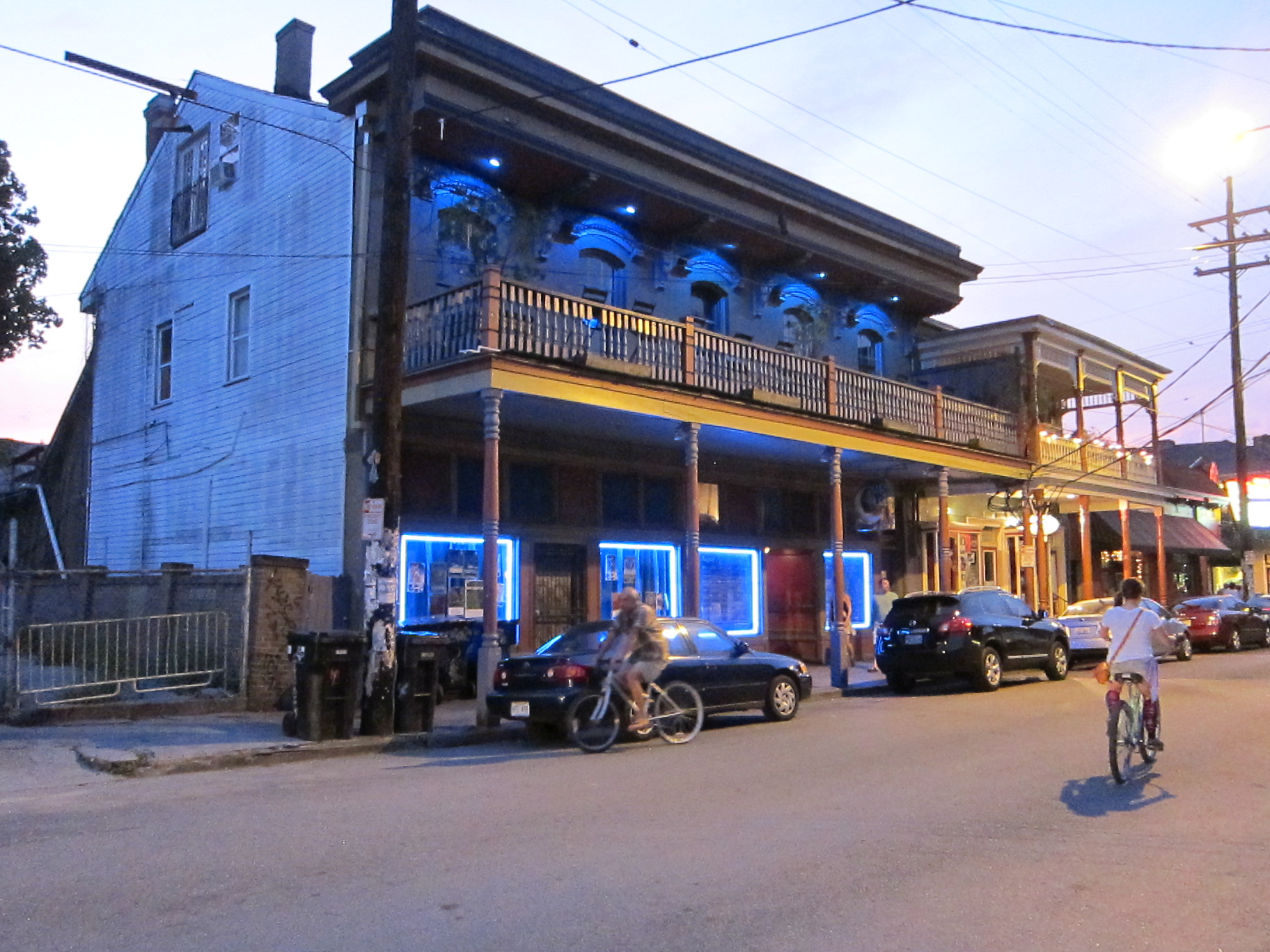Immediately downriver of the Vieux Carré, the Faubourg Marigny is a colorful, bohemian neighborhood. The bright Creole cottages, shotguns and Classical Revival houses that fill this neighborhood, established in 1806, are the homes of chefs, artists, writers, musicians, academics and others. The Faubourg Marigny Improvement Association (founded in 1972) works hard to protect the unique character and special quality of life in the Marigny, which was named a National Register Historic District in 1974. Historic banks, corner stores and even bakeries have been refurbished as homes and guesthouses, while riverfront warehouses accommodate artists’ studios and performance spaces. Delightful cafes and restaurants are tucked within the neighborhood, and some of the impressive churches have been repurposed as performance venues and hotels. Crescent Park, a 1.4-mile span along the Mississippi River that runs through Marigny and Bywater, has an ADA-accessible entrance at North Peters and Marigny streets. The Marigny’s most popular draw is Frenchmen Street, a vibrant stretch of music clubs between the foot of Esplanade Avenue and Royal Street, where live music can be heard seven nights a week. Just up the street, St. Claude Avenue from Elysian Fields to St. Roch Avenue offers funky venues featuring everything from alternative theater and comedy to indie rock and bluegrass. The Faubourg Marigny was once the plantation of Marquis Antoine Xavier Bernard Philippe de Marigny de Mandeville, a Creole bon vivant who dazzled New Orleans with his enormous wealth and lifestyle. He subdivided his property in 1806, and the residential neighborhood began to develop as lots were sold to an eclectic mix of entrepreneurs and laborers, including free people of color, Americans and immigrants, especially Germans. Many homes were built by free women of color, including the Rosette Rochon House at 1515 Pauger St., which was constructed around 1815 by an entrepreneur who amassed a fortune by the time of her death. This mix of residents gave this neighborhood a distinctly European air that is still present today.



